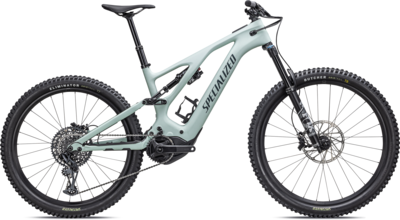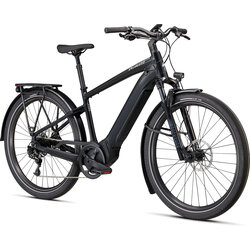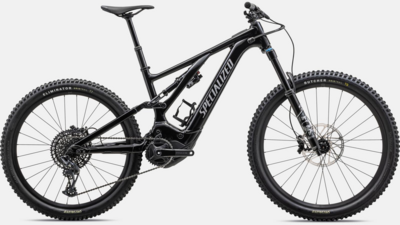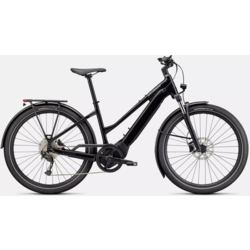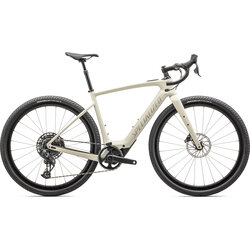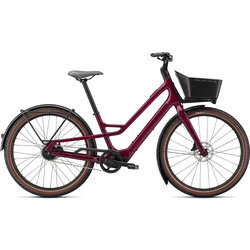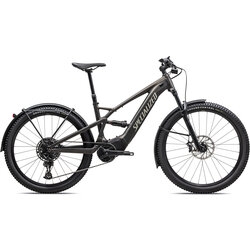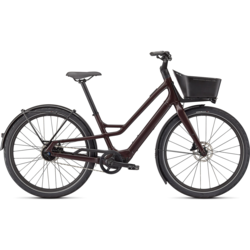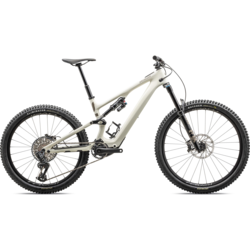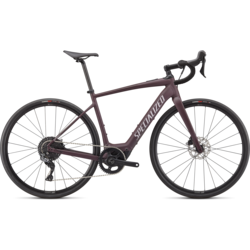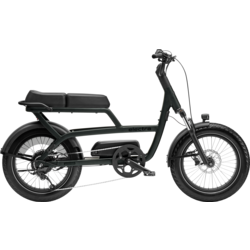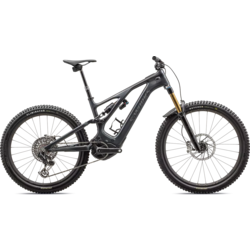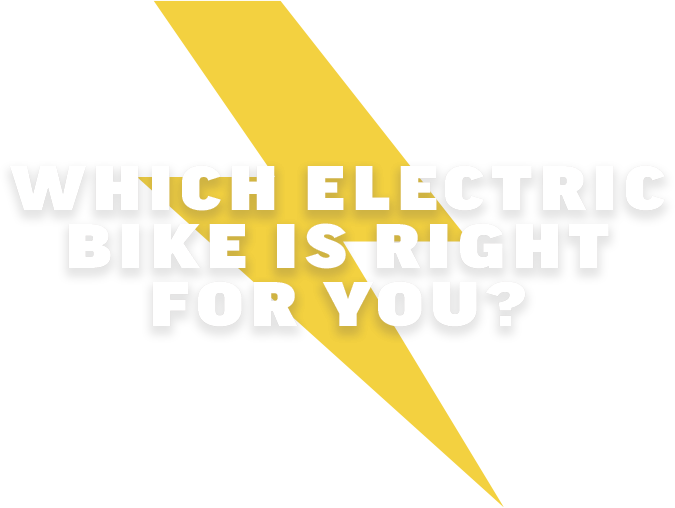
eBike Classes
Any electric mobility product or eBike not clearly labeled with one of these classes, or that allows for speeds greater than 28 mph are not legally classified as bicycles. We highly recommend that you purchase your next eBike from a qualified and reputable bike shop to help you be safe and legal.
eBike Categories
Motor Power
The most obvious difference between an eBike and a non-electric is the motor.
What should you consider when looking into an ebike's motor system?
What is a Newton Meter (nm)?
If you've reaserched ebikes, you'll deffinitly have a lot of numbers and metrics thrown at you (Watts, Watt-Hours, Power). But the key factor to look at is the Torque spec.
Torque is a force multiplied by a rotation, most commnly measured in Newton Meters (NM). On a bike, the force is your feet pushing on the pedals, and the rotation is the spinning of the crank arms as you pedal.
Examples in human terms:
-When riding a riding a bike on a flat smooth road at 10mph, a rider might be generating around 10nm or torque. This would be sustainable for long periods for most riders.
-When going up a farily steep (10% grade) hill pedaling at about 5mph a rider might be generating around 20nm of torque. Except for very experienced cyclists, or athletes, this is amount of torque can only be achieved in short bursts.
On an eBike, the effort of the rider is multiplied by the motor. So, an eBike with 25nm motor will double the power generated by the rider, making steep hills feel half as steep. a 50nm motor on an ebike will about triple the effort of a rider, 75nm about quadruple, and so on. eBike motors max out at 90nm, which can make even very steep hills feel practically flat.
Power vs. Weight
A more powerful motor does not always mean less effort for the rider. The weight of the bike plays a huge role in how an ebike will feel when riding. A 55lbs bike with a 50nm torque motor might require a similar amount of rider power as a 35lbs bike with a 30nm torque motor to achieve the same result.

Range
"How far can this bike go on a single charge?" With good reason, this is the most common question that we get. But it's also the hardest question to answer. First of all, an eBike is, at it's core, still a bicycle. So, you can ride as many miles as you like even withour ever turning it on. Second, there are a dozen external variables that affect an eBike's range. Here are just a few:
Terrain: Uphill = shorter range. Downhill = longer range
Temperature: Cold = shorter range. Warm = longer range
Weather: Headwind = shorter range. Tailwind = longer range
Pedal Cadence: 30-50 rpm = shorter range. 70-90 rmp = longer range
Riding Surface: Rough, Bumpy Trail = shorter range. Smooth Pavement = longer range.
These and many other factors are why it's not possible to provide a deffinite number. But here are two things you should look into when trying to determine an eBike's "Range of Ranges".
Battery Size The battery is like the fuel tank in a car. The bigger the tank, the greater distance it can go. All else being equal, an eBike with a 700wh battery can go further than one with a 500wh battery.
Weight Perhaps the most important factor. Lighter means less juice is required to propell an eBike foward. The smallest battery on any of our eBikes is 320wh. But because it is on an eBike that weights 28 pounds, it has a longer range than heavier eBikes with twice the amout of battery.
Beware the "Advertised Range"
When reserching eBikes, you will likely come across phrases like "Max Estimated Range", or "Up to miles". Often this number will be achived only in perfect condtions. (A feather-weight, but athletic pro cyclest riding on a flat smooth road with warm weather and a tailwind). So, take these estimates with a grain of salt.
Test Ride eBikes With Us!
The best way to find out which eBike is right is to take one (or more) out for a Spin!
Schedule a guided test ride with one of our experts!

